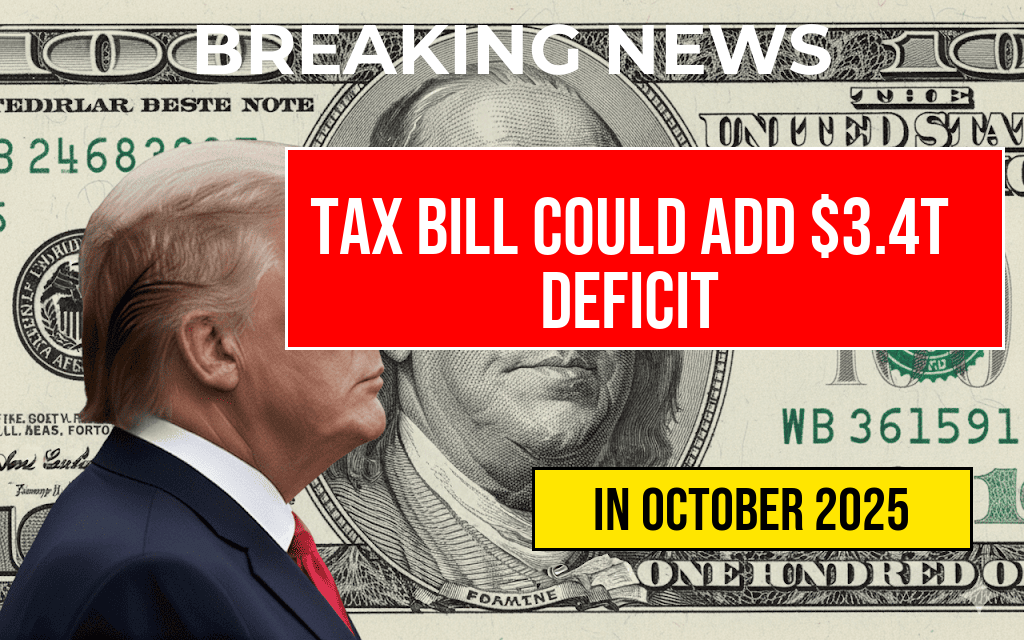Recent updates from the Internal Revenue Service (IRS) have clarified the reporting thresholds for third-party payment processors, notably impacting small-scale side hustlers and gig economy workers. Under new guidelines, businesses and individuals using platforms like PayPal, Venmo, or Square are only required to report payments via Form 1099-K if their gross payments exceed $20,000 annually and involve more than 200 transactions. This change aims to reduce the burden of tax reporting on casual sellers and minor side businesses, but it also raises questions about compliance, tax obligations, and how small earners can navigate these thresholds effectively. As the IRS enforces these rules, understanding where the line is drawn can help side hustlers plan accordingly and avoid surprises during tax season.
Understanding the 1099-K Reporting Thresholds
The 1099-K form is issued by payment settlement entities (PSEs) to report gross payment card and third-party network transactions. Historically, the threshold for issuing this form was $20,000 in gross payments and more than 200 transactions within a calendar year. However, beginning with the 2022 tax year, the American Rescue Plan Act mandated a reduction of the reporting threshold to $600 regardless of transaction count, although implementation has faced delays and phased rollouts. Currently, for the 2023 tax year, the IRS enforces the $20,000 and 200 transactions criteria, aligning with the pre-existing thresholds.
Implications for Small-Scale Sellers and Side Hustlers
This threshold adjustment significantly impacts casual sellers and part-time gig workers. Many individuals earning modest amounts through online platforms or peer-to-peer payments will not receive a 1099-K unless their gross payments surpass the $20,000 mark and involve over 200 transactions. For instance, a person selling collectibles sporadically or conducting occasional freelance work may fall below this reporting limit, reducing their immediate tax reporting obligations. However, they are still legally required to report all income earned, regardless of whether a 1099-K is issued, emphasizing the importance of diligent record-keeping.
Tax Filing Strategies and Compliance Tips
Keep Accurate Records
- Maintain detailed logs of all income and expenses related to side activities.
- Use accounting software or spreadsheets to track transactions throughout the year.
- Save receipts, invoices, and correspondence that substantiate income sources.
Understand Income Reporting
- Income from side hustles must be reported on Schedule C of Form 1040.
- Even if no 1099-K is received, all earnings are taxable and should be documented.
- Consult IRS guidelines or a tax professional if unsure about reporting thresholds or deductions.
Plan for Potential Changes
- Be aware of ongoing legislative discussions that could alter reporting requirements.
- Anticipate increased scrutiny from the IRS as reporting thresholds evolve.
- Evaluate whether your side hustle income surpasses the current threshold and plan accordingly.
How the Threshold Affects Different Payment Platforms
| Platform | Reporting Threshold | Notes |
|---|---|---|
| PayPal / Venmo | $20,000 and 200 transactions | Subject to IRS reporting if thresholds met |
| Square / Cash App | $20,000 and 200 transactions | Similar reporting criteria as PayPal |
| Amazon / eBay | Varies; often exceeds threshold for professional sellers | More comprehensive reporting for high-volume sellers |
Legal and Financial Considerations
While the $20,000 threshold offers some relief for casual sellers, it does not exempt individuals from reporting income altogether. The IRS emphasizes that all income, regardless of reported Form 1099-K, must be included on tax returns. Failure to report earnings can lead to penalties, audits, or additional tax liabilities. Small-scale sellers should also be aware of potential self-employment taxes if their net earnings exceed certain limits, and they may qualify for deductions related to their side business expenses.
Legislative proposals continue to debate lowering reporting thresholds further to capture more informal income streams, aligning with broader efforts to improve tax compliance. As these policies evolve, staying informed through reputable sources such as the IRS official website or financial news outlets like Forbes can help side hustlers adapt their tax strategies accordingly.
Ultimately, understanding the side hustle threshold for 1099-K reporting enables small-scale earners to manage their finances more effectively and remain compliant with tax laws. Awareness of these limits, combined with meticulous record-keeping, can ease the burden of tax season and ensure that casual income remains within legal bounds.
Frequently Asked Questions
What is the side hustle threshold for reporting payments?
The side hustle threshold for reporting payments via a 1099-K form is $20,000 in gross payments. Payments exceeding this amount in a calendar year will typically trigger a 1099-K issuance by payment processors.
When will I receive a 1099-K form for my side hustle income?
You will receive a 1099-K form if your total gross payments surpass $20,000 and you have more than 200 transactions in a year. However, some states or platforms may have different reporting thresholds.
How does the $20,000 threshold impact my tax reporting?
The $20,000 threshold determines when payment processors are required to report your income to the IRS. If your earnings stay below this amount, you may not receive a 1099-K, but you are still responsible for reporting all income on your tax return.
Can I avoid getting a 1099-K by keeping my payments below $20,000?
Yes, if your total gross payments remain below $20,000 in a calendar year, you generally will not receive a 1099-K. However, you are still legally obligated to report all income earned from your side hustle, regardless of the form.
Are there any exceptions or additional rules I should be aware of?
Yes, some states have lower reporting thresholds, and certain platforms may issue a 1099-K regardless of the amount. It’s important to stay informed about state regulations and platform-specific reporting policies to ensure accurate tax compliance.







